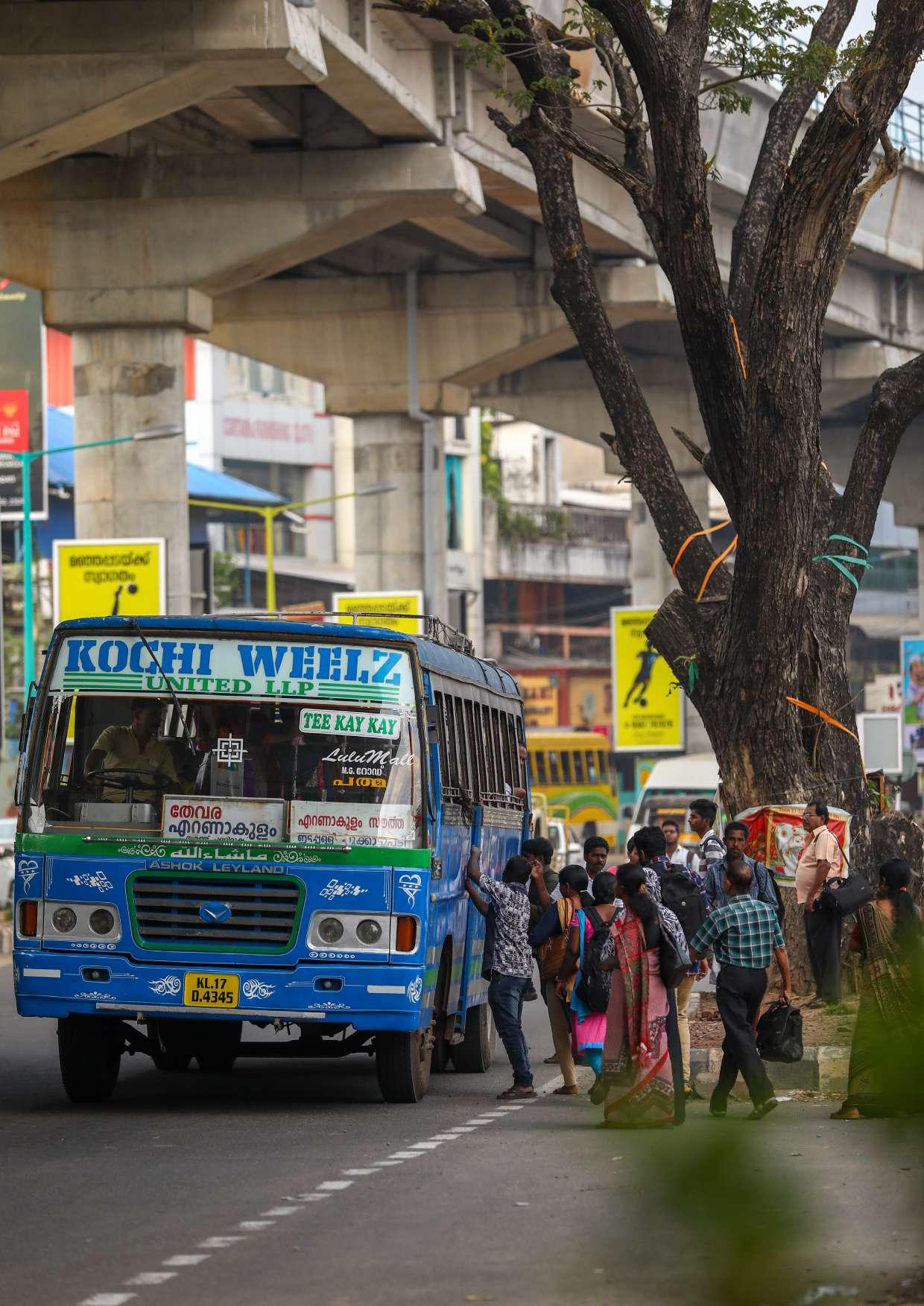annexure 7 WORKING OF CHARGING AND SWAPPING SYSTEMS SLOW CHARGERS For slow charging of 2-wheelers (battery size of 1 kWh to 2 kWh), 3-wheelers (battery size of 3 kWh to 4 kWh) and cars (battery size of 10 kWh to 30 kWh), the single-phase supply would be adequate. For home charging, a 15A plug on the home-supply (also used for air conditioners and washing machines at homes) can be used. For public slow chargers, it may be best to use the 15A industrial plug used in India. Public chargers may also have a built-in meter. While communication between Electric Vehicle (EV) and charger (also referred to as Electric Vehicle Supply Equipment or EVSE) is not envisaged for slow chargers, the public slow chargers (EVSE) need communication with a Central Monitoring System (CMS). This is given in Figure 15. World-wide, such communication takes place using the OCPP protocol. India has defined an AC-001 standard for public AC slow chargers, using OCPP for EVSE-CMS communications. The charger standard allows metering-rate to vary with time and day through CMS, and has payments through mobile payment and/or bank-accounts. This is illustrated in Figure 16. This can be used when
the vehicles have built-in chargers up to 3.3 kW. The chargers should be low-cost and deployed widely by the power distribution company or its franchisees. Even street parking could have AC-001. At volumes, an AC-001, charging up to three vehicles simultaneously, should cost no more than INR 25000. Larger vehicles may have larger batteries of size 25 kWh to 50 kWh. The 3 kW AC charger will take too long to charge them. Higher power AC chargers like 6 kW or 11 kW is typically used. These will need three phase supply and special chargers. There are some European, American and Chinese standards for such high-power AC chargers. For vehicles with large batteries, slow chargers would be used.
FAST CHARGING (EV-F) Once a vehicle runs out of energy, and one needs to go further, slow charging is not an acceptable option as it takes several hours. Vehicles then must be fast charged. The rate of charging however is limited by the kind of battery that the vehicles has. For example, if the vehicle has low-cost batteries like NMC, LCO, NCA and LMO, one may be able to charge 80% of the battery in about 60 minutes or even at 45 minutes. Any attempt to charge these
Figure 15 Communication protocol between EV and Central Management System (CMS) for fast chargers User Interface (UI) Data Base (DB)
(1) (2) DC
EV
EVSE IEC 61851-24
CMS OCPP Protocol
A Guidance Document On Accelerating Electric Mobility in India
| 65




